|
|
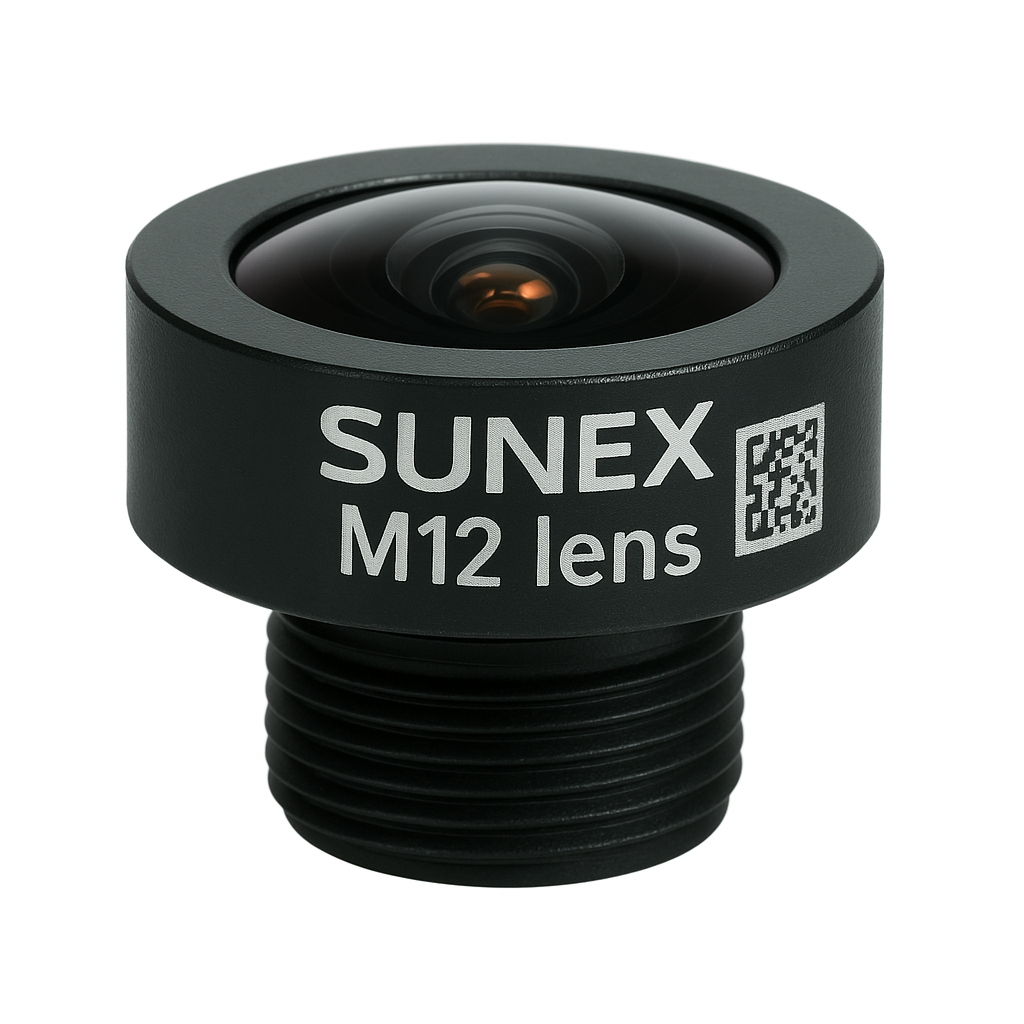 M12
lens, Engineered for Reliability M12
lens, Engineered for Reliability
Sunex designs and manufactures M12
(S-mount) lenses with long-term reliability for demanding environments.
Unlike "middleman" companies, we guarantee the long-term supply of our products. With the standard M12×0.5
thread and support for imager resolutions up to 20MP+ pixels, our portfolio covers ultra-wide fisheye,
tailored distortion wide-angle,
FOVEA
distortion, normal FOV to low-distortion
telephoto, with IR-cut and non-filter options. See M12
lens FAQ.
How to choose a M12 lens ?
We provide a suite of optical calculators for selecting the right M12 lens
for your application. Read a step-by-step
guide for choosing the right M12 lens/s-mount lens. Please note that
other lens mount options are also possible in addition to M12 lens mount.
This article compares commonly seen lens mount options.
Calculators for assisting lens selection:
Find a lens by CMOS imager specifications:
Order samples/request quotes
(Tip: click on table headers to sort
by that header):
Show all lenses in a single table
Image/
PN |
Description |
Focal length(mm) |
f/# |
Imager Format |
Field of view/
Depth of field |
Recommended Holder
|
Sample Price
(1-99) |
Volume Price |


|
|
|
|
|
Calculate FOV
Calculate DOF |
|
$
Order Sample |
Request Volume
Quote |


|
|
|
|
|
Calculate FOV
Calculate DOF |
|
$
Order Sample |
Request Volume
Quote |
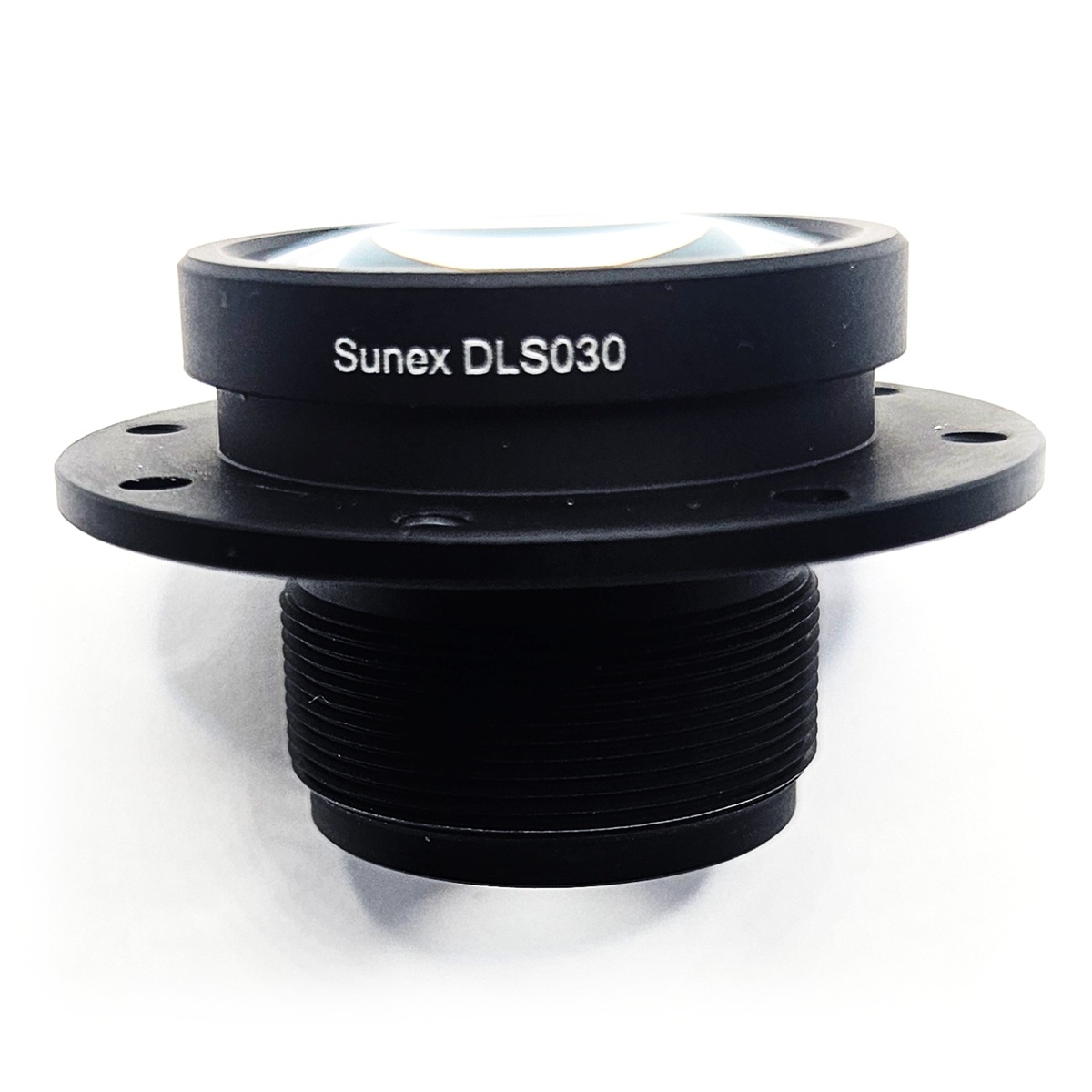
 DSL030A-NIR-F0.66 DSL030A-NIR-F0.66
|
All Glass projection lens, EFL 14mm, F/0.7, no IR-cute filter, 31.1mm TTL, AL barrel with mounting flange and C-mount thread
|
14
|
0.66
|
|
Calculate FOV
Calculate DOF |
|
$149
Order Sample |
Request Volume
Quote |
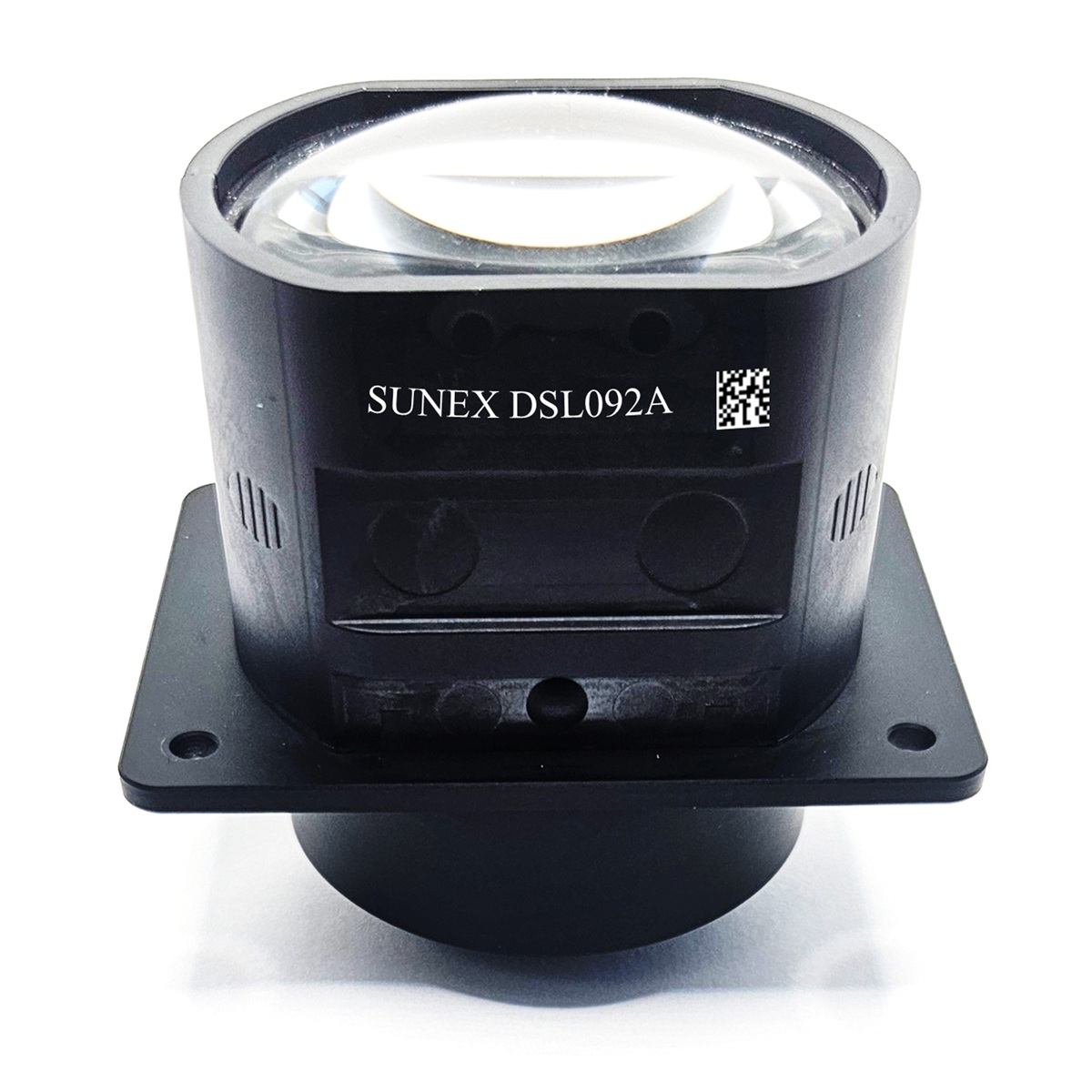
 DSL092A-780-F0.7 DSL092A-780-F0.7
|
Hybrid projection lens, EFL 30.9mm, F/0.7, IR-cute filter, L1 plastic, 70mm TTL, PPS barrel with mounting flange
|
30.89
|
0.7
|
|
Calculate FOV
Calculate DOF |
|
$149
Order Sample |
Request Volume
Quote |
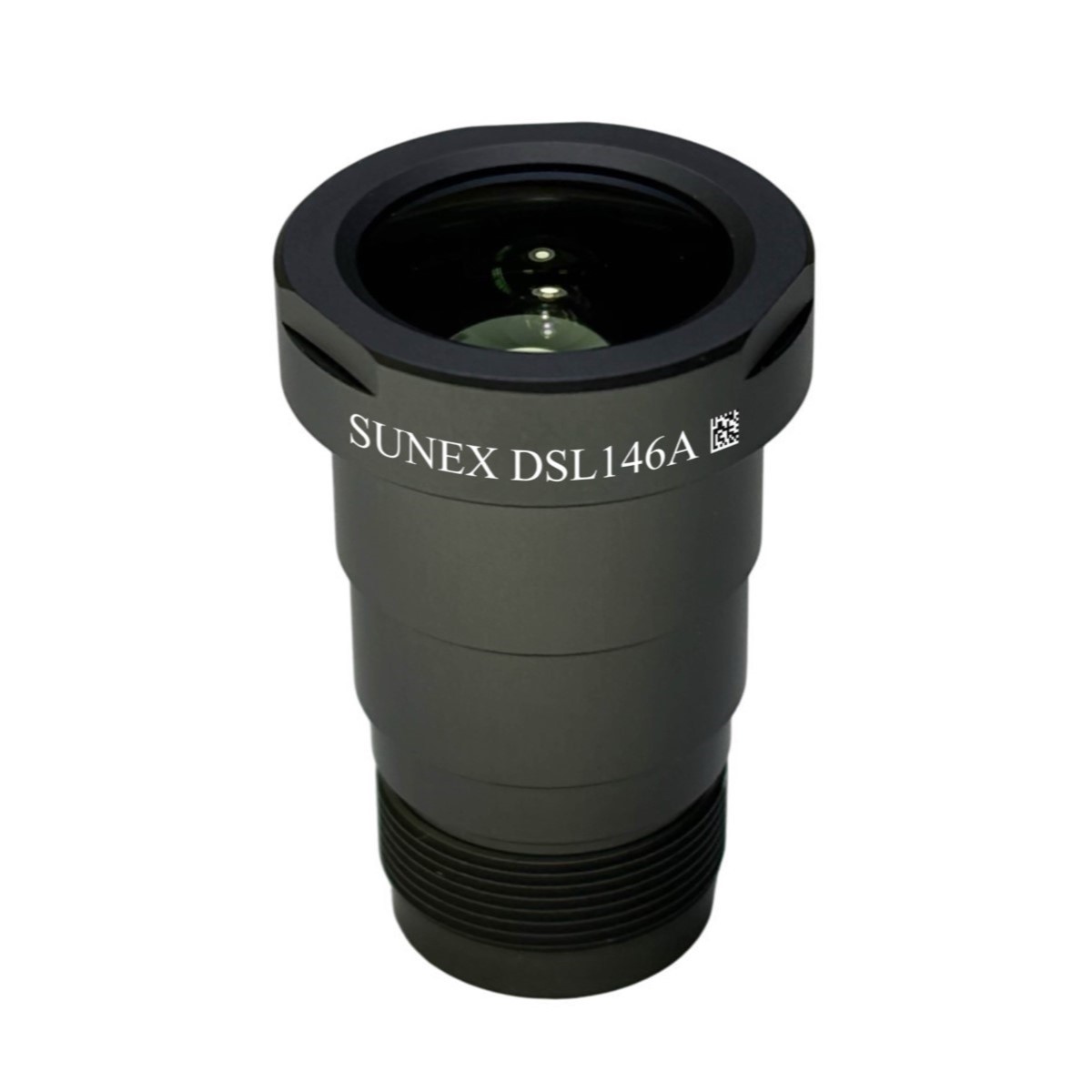
 DSL146A-650-F1.4 DSL146A-650-F1.4
|
Lens, 3.3mm EFL, 4K, for up to 1/2.8” sensors, F/1.4. IR Cut filter at 650nm
|
3.3
|
1.4
|
1/2.8"
|
Calculate FOV
Calculate DOF |
CMT168-1122/1119, CMTT821
|
$99
Order Sample |
Request Volume
Quote |

 DSL146A-NIR-F1.4- TOF DSL146A-NIR-F1.4- TOF
|
Lens, 3.3mm EFL, 4K, for up to 1/2.8” sensors, F/1.4. 800-1000nm AR Coating, M12x0.5, aluminum barrel. No IR cut or bandpass filter.
|
3.3
|
1.4
|
1/2.8"
|
Calculate FOV
Calculate DOF |
CMT168-1122/1119, CMTT821
|
$99
Order Sample |
Request Volume
Quote |

 DSL146A-BP940-F1.4-TOF DSL146A-BP940-F1.4-TOF
|
Lens, 3.3mm EFL, 4K, for up to 1/2.8” sensors, F/1.4. 800-1000nm AR Coating, M12x0.5, aluminum barrel, 940nm bandpass filter option.
|
3.3
|
1.4
|
1/2.8"
|
Calculate FOV
Calculate DOF |
CMT168-1122/1119, CMTT821
|
$99
Order Sample |
Request Volume
Quote |
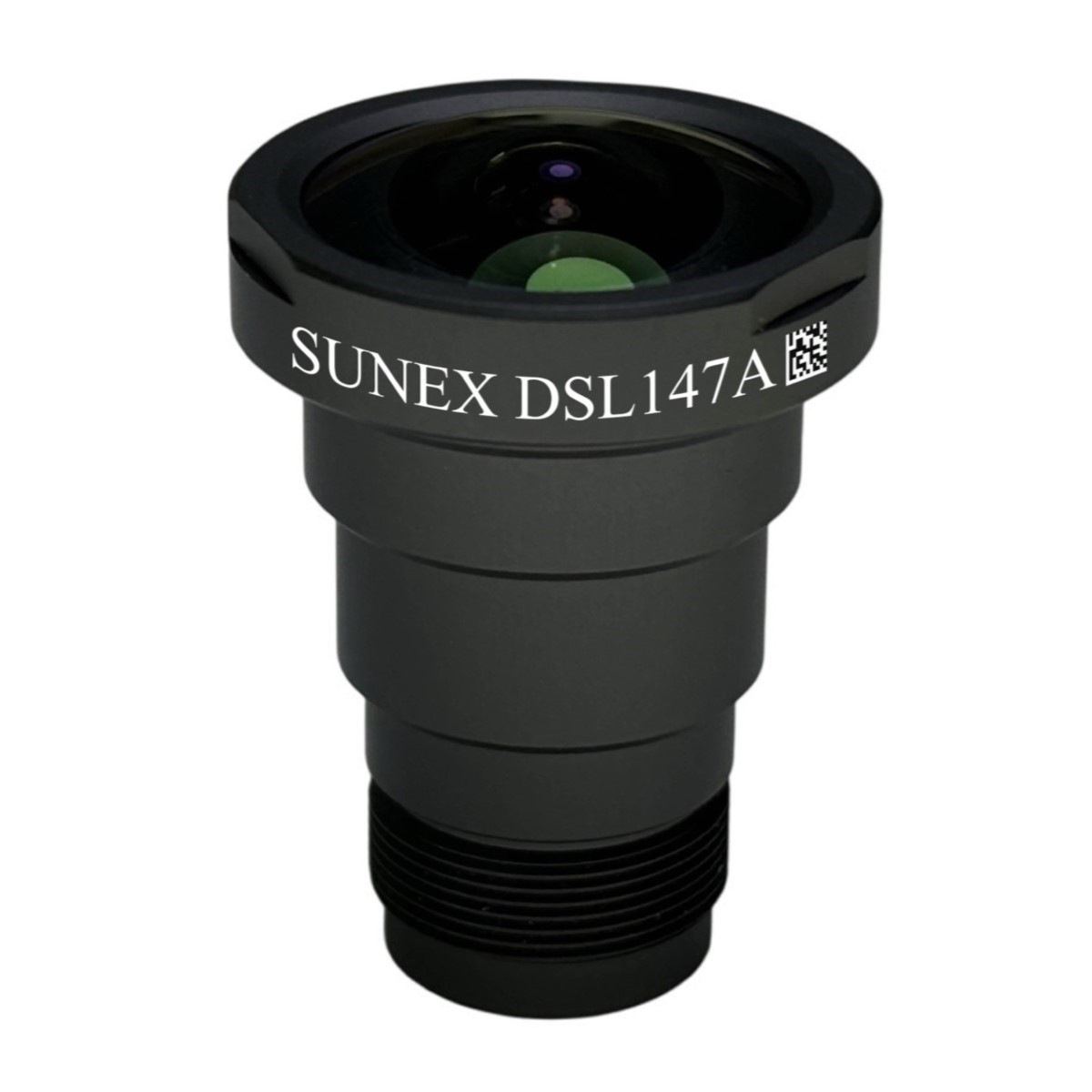
 DSL147A-NIR-F1.4 DSL147A-NIR-F1.4
|
Lens, 2.5mm EFL, 4K, for up to 1/2.8” sensors, F/1.4. NO IR Cut filter
|
2.54
|
1.4
|
1/2.8"
|
Calculate FOV
Calculate DOF |
CMT168-1122/1119, CMTT821
|
$99
Order Sample |
Request Volume
Quote |

 DSL147A-650-F1.4 DSL147A-650-F1.4
|
Lens, 2.5mm EFL, 4K, for up to 1/2.8” sensors, F/1.4. IR Cut filter at 650nm
|
2.54
|
1.4
|
1/2.8"
|
Calculate FOV
Calculate DOF |
CMT168-1122/1119, CMTT821
|
$99
Order Sample |
Request Volume
Quote |

 DSL146A-NIR-F1.4 DSL146A-NIR-F1.4
|
Lens, 3.3mm EFL, 4K, for up to 1/2.8” sensors, F/1.4. NO IR Cut filter.
|
3.3
|
1.4
|
1/2.8"
|
Calculate FOV
Calculate DOF |
CMT168-1122/1119, CMTT821
|
$99
Order Sample |
Request Volume
Quote |
|
Show all lenses in a single tableDidn’t find the lens you’re looking for? Try searching our
entire lens database using one of the following
options:
What is an M12 lens used for?
M12 lenses, also called S-mount lenses, are compact, low-cost lenses
widely used in robotics, drones, automotive cameras, and embedded vision
systems due to their small size and reliable optical performance.
Which M12 lenses are best for robotics / drones / industrial?
For robotics applications, durable automotive grade M12 lenses are recommended, as they provide high CRA
compatibility and stable performance in industrial environments.
What are M12 (S-mount) lens size or dimensions ?
A M12 lens uses a metric M12×0.5 threaded barrel that screws into a board-level
lens holder also known as M12 lens mount. It’s compact, lightweight, and
cost-effective comparing to larger lenses. They are commonly used
in embedded vision cameras (machine vision, robotics, surveillance,
conferencing, and industrial cameras). M12 lens is also known as s-mount lens in some industries.
The sizes of a M12 lens can be anywhere from a few millimeters to
several centimeters depending on the design and use case.
Are M12 lenses good for harsh environment ?
Sunex designs and manufactures M12 lenses in our own facilities certified
for automotive grade lens productions. Our products are "Engineered
for Reliability" from design to manufacturing to lower the total cost of
ownership. Some
online distributors or middleman companies source their products from
low-cost Chinese factories without guarantted availability of the
products in the future.
Which sensor sizes do M12 lenses support?
These lenses can cover formats from sub-1/5″ up to ~1″, depending on the optical design. Always check each product’s specified image circle or supported sensor format.
For larger sensor formats, we recommend a CS mount or a custom M mount
for higher optical performance.
How do I choose focal length and field of view (FOV)?
Match FOV to your working distance and sensor size. As a rule: shorter focal length ⇒ wider FOV; longer focal length ⇒ narrower FOV. Use an
FOV calculator or the product FOV charts to
pick a lens, then verify with an actual sample.
What resolution can M12 lenses support?
Resolution depends on the lens MTF and your pixel size. Our M12 lenses can support multi-megapixel
sensors up to 20MP+ pixels.
What’s the difference between IR-cut and NIR versions?
IR-cut versions include a filter or multi-layer coating
on the lens element(s) that blocks near-infrared to preserve accurate color in visible light. NIR versions transmit near-infrared for illumination or monochrome sensitivity; colors will not be accurate but low-light/NIR performance improves.
There are also designs optimized for visible and NIR wavelength bands.
Those lenses are known as
RGBIR lenses useful for automotive interior cameras.
How does lens distortion and/or relative illumination impact
what I see ?
Lens distortion and relative illumination are unavoidable in all lenses.
During design we control those values to acceptable levels for intended
use cases. Please check out our online
Distortion Simulator with relative illumination (or
MTF Simulator).
We offer Tailored Distortion or
FOVEA distortion lenses to maximize the
distribution of the pixels across the FOV for your use case.
What is CRA and why does it matter?
CRA (chief ray angle) is the angle at which light reaches the sensor corners. Some sensors have microlenses that require certain CRA ranges. Match the lens CRA profile to the sensor to avoid corner shading or color shifts.
This article by our engineers discusses the CRA impact on lens
performance.
How do M12 lenses compare with C-mount or CS-mount lenses?
M12 lenses are smaller, lighter, and screw directly into a holder—great
for compact, cost-sensitive systems. C/CS lenses use a flange (C:
17.526 mm, CS: 12.5 mm back focus) and are larger but offer larger
sensor format coverage and provide more adjustment options such as
aperture, zoom and focus.
Do you offer CAD models, filters, and custom options?
|









